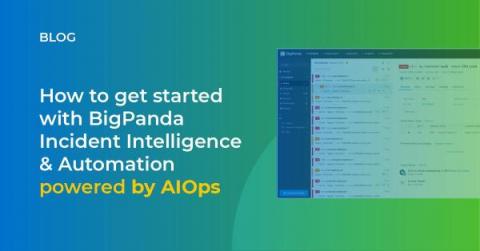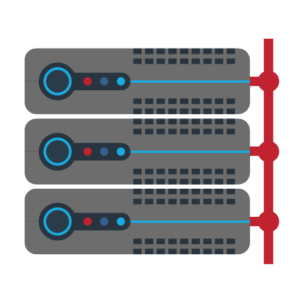Operations | Monitoring | ITSM | DevOps | Cloud
Automation
3 Ways Financial Institutions Can Reduce Operational Risk With Automation
The unexpected collapse of Silicon Valley Bank (SVB) in March served as a wake-up call for financial institutions, depositors, shareholders, and regulators alike. If a seemingly-solid bank like SVB can go under almost overnight, everyone has begun to wonder if any financial institution is safe, with banks and regulators worldwide analyzing the continued risk to the entire banking system.
Email Workflow Automation Tools (How To Boost Productivity)
Are you leveraging email workflow automation tools to boost your productivity? Straight off the bat, here are a few potential use cases of email workflow automation tools: With the right implementation, email workflow automation tools have the potential to help streamline both outreach and marketing campaigns. You can also use workflow automation tools to craft onboarding sequences for new customers and accelerate internal communication.
How Abbott transformed its incident management process with Workflow Automation
Eliminating errors and streamlining the incident management process are top priorities for many ITOps, NOC, SRE, and DevOps teams. With organizations using multiple tools in their IT stack, manually finding the right information at the right time becomes crucial during incident triage. By automating tasks and workflows, businesses can eliminate manual tasks that are time-consuming, repetitive, and prone to mistakes.
What the 2023 National Cybersecurity Strategy Means for Your IT
How Can You Automate Repetitive Jobs In The Office?
CFEngine: The agent is in 24 - Pretty printer (cffmt) demo with Miek Gieben
How to get started with BigPanda Incident Intelligence and Automation powered by AIOps
If you’re in IT operations or manage NOC, SRE, and DevOps teams, chances are your IT environment is growing complex for you and your teams to manage. Any enterprise, large or small, around the globe, is continuously changing its IT stack due to evolving business requirements and significant industry trends. But digital transformation, hybrid infrastructure, DevOps adoption, and continuous integration and continuous delivery (CI/CD) pipelines are all causing major headaches.
Why on-premise automation remains attractive
Over the last five years, there has been a constant push to move infrastructure to the Cloud, which accelerated further during the pandemic. It is becoming clear that for a proportion of organisations, the Cloud is not always the best route and that an on-premise (also known as on-prem, on-premises) or a hybrid model is most beneficial. On-premise relates to where IT infrastructure is located; this can be physically in a building, usually in a server room.











